The History of ABBA, Chapter 5
Chapter 5
EListen the Podcast (In spanish)
1977
1977 begins with a world tour that debuts in Oslo on
January 28th. ABBA dislikes live concerts because they value studio sound
quality more and believe it can't be reproduced as well live.
Furthermore, Björn and Benny prefer writing and recording songs rather than performing. That's why ABBA only went on two world tours, and we still don't have a complete recording of any of the concerts from the 1977 tour. This is a shame, because they included a mini-musical called "The Girl With Golden Hair," consisting of four songs with narration between them, which can only be heard on bootleg recordings.
The 1977 tour was divided into two parts; the first
consisted of 14 European cities, ending in London.
As an anecdote, in London, tickets had to be purchased
by mail, and they received 3.5 million applications, which would have forced
ABBA to play at the Royal Albert Hall for around 580 nights.
Afterwards, they flew to Australia for 11 concerts in
four cities. It was there that most of the scenes for the film "The
Movie" were shot, directed by Lasse Hallström and released later that
year.
In this case, Stig gave them carte blanche with an
unlimited budget to make this film, resulting in a technically superb film with
superior sound quality. It's true that, to ensure the sound was perfect, Björn
and Benny had the girls' voices re-recorded over the live recordings.
In October of that same year, a promotional single
with five excerpts from those concerts was released.
The Album
Despite the tour and its preparations, and the film,
which they had to finish in Sweden in June, Björn and Benny had time to create
the next album, which, perhaps due to lack of time, was left untitled and would
continue to be called "The Album".
The album was recorded between May and November 1977.
It was released alongside "ABBA The Movie" (released in December of
the same year), featuring several of the songs featured in the film. The
mini-musical "The Girl With The Golden Hair" is included, but with
only three songs instead of four, and without the narration. The best-known of
these is, of course, "Thank You For The Music," which opens the
musical.
Rune Söderqvist was the artist for the album cover and
the film poster. Rune is also responsible for designing the ABBA logo with the
backwards B. It's true that the first time the backwards B was seen was during
a photo shoot with Bubi Eilleman for "Dancing Queen," but he only
complained that it was backwards and put it right side up.
It's worth mentioning that Lasse Wellander made his
debut with ABBA on this album, playing electric guitar.
Regarding the singles, "The Name of the
Game" was a number 2 hit in the Netherlands, Belgium, and Sweden, while
"Take a Chance on Me" was a number 1 hit in Austria, Belgium, and
Mexico and reached the Top 3 in the United States, Canada, the Netherlands,
Germany, and Switzerland. A third single, "Eagle," was released in
Europe, becoming a number 1 hit in Belgium and a Top 10 hit in the Netherlands,
Germany, Switzerland, and South Africa.
By 1978, ABBA was already one of the biggest bands in
the world. They converted a movie theater into the Polar Music Studio, a
state-of-the-art studio in Stockholm. The studio was used by several other
well-known bands, such as Genesis and Led Zeppelin.
Led Zeppelin brought a synthesizer, the Yamaha GX1,
which greatly interested Benny. This state-of-the-art synthesizer, which cost
the equivalent of $350,000 today, was an important element in ABBA's music on
their upcoming albums.
In May 1978, the group traveled to the United States
for a promotional campaign, performing alongside Andy Gibb on Olivia
Newton-John's television show.
The recording sessions for the single "Summer
Night City" were a struggle for Björn and Benny to achieve an acceptable
result; however, upon its release, the song became another hit for the group.
The track would lay the groundwork for ABBA's foray into disco music with their
next album.
In November, they went on a promotional tour of Japan,
appearing on several television programs and recording the Japan special, which
could be seen on major television stations around the world.
In December 1978, "Chiquitita" was recorded
and released in January 1979 as the first single from the group's seventh
album, Voulez-Vous. Originally, "If It Wasn't for the Nights" was to
be chosen as the album's lead single, but after the recording of
"Chiquitita" was completed, those plans were abandoned. The single
reached number 1 in ten countries.
1979
On January 9, 1979, the group performed
"Chiquitita" at the "Music for UNICEF" Concert, held at the
United Nations General Assembly to commemorate UNICEF's Year of the Child. ABBA
donated the royalties from this worldwide hit to UNICEF, and as of 2021,
royalties from the song have raised $4.8 million for the charity.
In February, they were in Switzerland to record a
special for English television, which revealed songs that weren't even
finished, as they are different from those that would ultimately appear on the
next album.
ABBA - Lovers (Live a Little Longer)(First version from ABBA in Sweitzerland)
Seeing the success of Chiquitita in Spanish-speaking
countries, ABBA decided to record a Spanish version. The song was translated by
Buddy and Mary McCluskey and recorded on March 8, 1979. It reached number 1 in
Mexico, Argentina, Chile, Costa Rica, and Colombia; while reaching number 5 in
Spain.
In May, they returned to Spain to appear on the
programs Aplauso and 300 millones. It's worth mentioning that they hadn't set
foot in a Spanish studio since 1974, because Stig became angry with the
director of the program "Ladies and Gentlemen" because he thought
they had made ABBA work too hard to get all the shots during the recording of
the program. He vowed not to return to Spain while director Valerio Lazarov was
in charge.
Since 1969, Görel Hanser worked alongside Stig, and
today she is still ABBA's legal representative. For this reason, we include her
as the seventh member of ABBA, behind ABBA, Stig, and Michael.
On June 21, 1979, she turned 50, and to celebrate, ABBA and Stig recorded the song "Sång Till Görel" and released a single with only 50 copies.
Voulez-Vous (el álbum)
For the first time, finishing an album was difficult.
“Voulez-Vous,” which was scheduled for completion in late 1978, had to be
delayed until April 1979.
Numerous songs were recorded that ultimately didn't
appear on the album, including “Summer Night City,” which Benny never really
liked.
Furthermore, due to a lack of inspiration, and despite
having their new studio, Björn and Benny went to the Bahamas to try different
things.
It worked for them, and they happily recorded
“Voulez-Vous” and “Kisses of Fire” at Criteria Studios in Miami, with the group
Foxy, who were there at the time.
Finally, the album was ready for release, and to
emphasize the shift toward a disco sound, the album cover photo was taken at
the Alexandra nightclub in Stockholm. The album was released on April 23, 1979,
at the same time as “Does Your Mother Know?”, which came out two days earlier.
ABBA - Kisses of Fire
In the following months, ABBA released the singles
"Voulez-Vous" and "I Have A Dream" (a live version from
London's Wembley Arena), as well as a new, later-recorded song, "Gimme!
Gimme! Gimme! (A Man After Midnight)".
In October 1978, Benny and Frida married after almost
ten years of living together, while Björn and Agnetha divorced in early 1979,
also after ten years of marriage. Despite everything, ABBA continued and went
on a world tour, this time to the United States and Europe, achieving
tremendous success, with every ticket sold in the 17 cities in the United
States and Canada, and the same number in Europe. The selected songs were taken
from all the albums except "Ring Ring" and were complemented by three
bonus tracks.
The first, “Gammal Fäbodpsalm,” is a traditional
Swedish anthem, which Benny included as a reminder of where ABBA came from.
“I'm Still Alive,” sung by Agnetha solo on piano and written by herself, serves
as an interlude, along with “Not Bad at All,” performed and written by Tomas
Ledin.
They also released the single “I Have A Dream,” with
“Take A Chance on Me” live on the B-side.
ABBA - Take A Chance on Me (Live)
ABBA released “Greatest Hits Volume II” in October
1979, coinciding with their North American tour. It was ABBA's second
chart-topping album of the same year. It already featured the new single
“Gimme! Gimme! Gimme! (A Man After Midnight),” recorded in August 1979, which
was not included on “Voulez-Vous.”
Frida - Stilla Nacht (Live Uppesittarkväll)
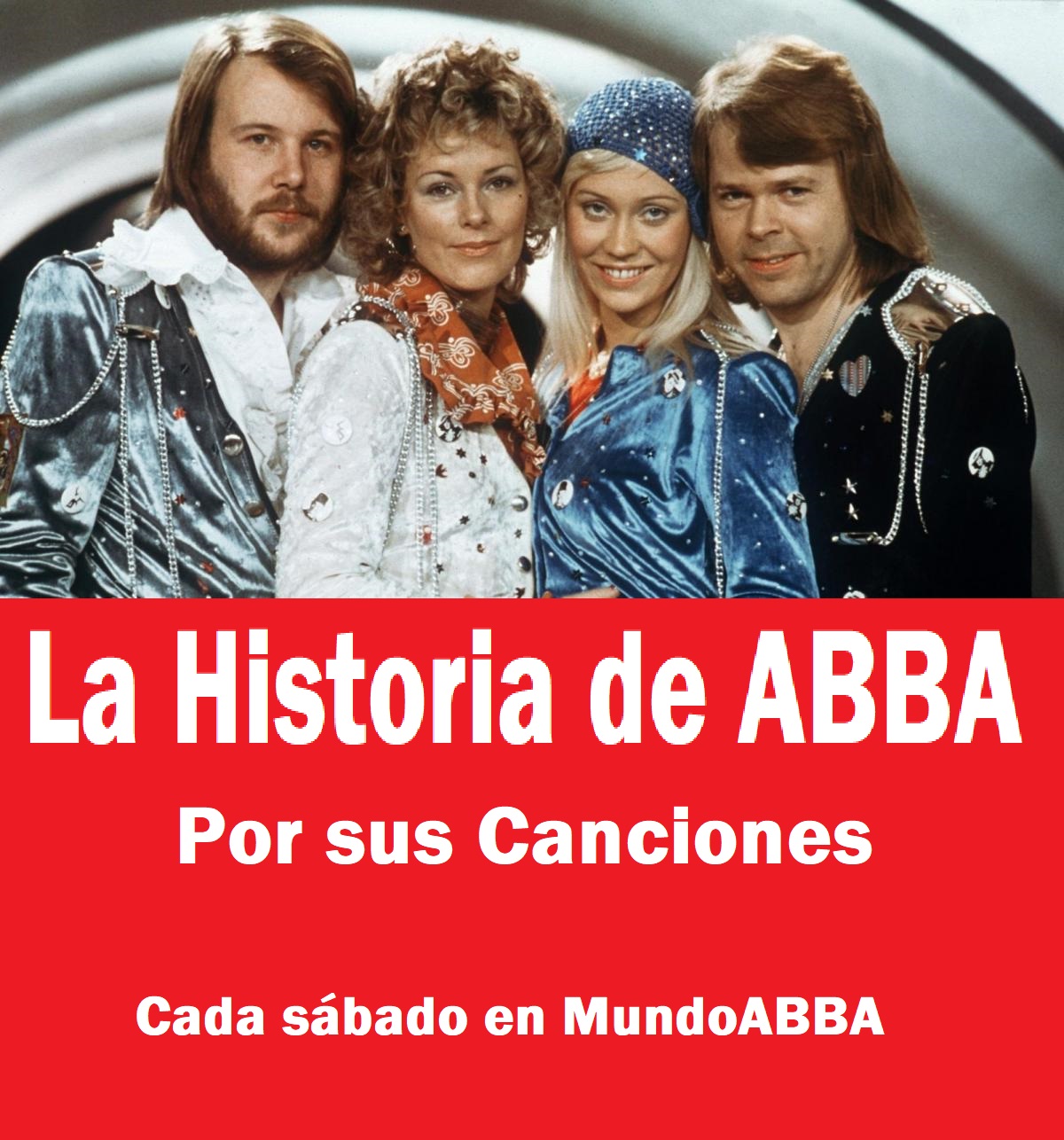


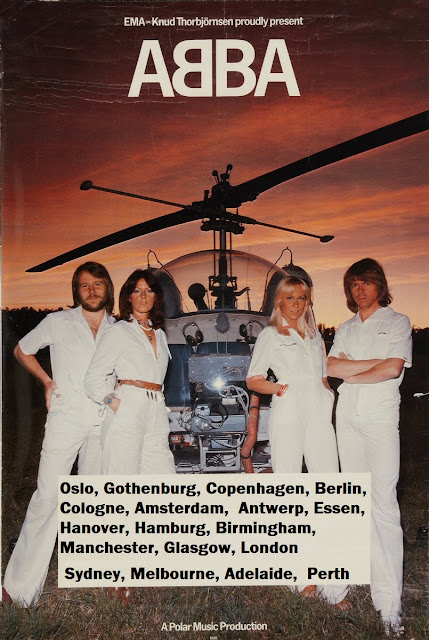

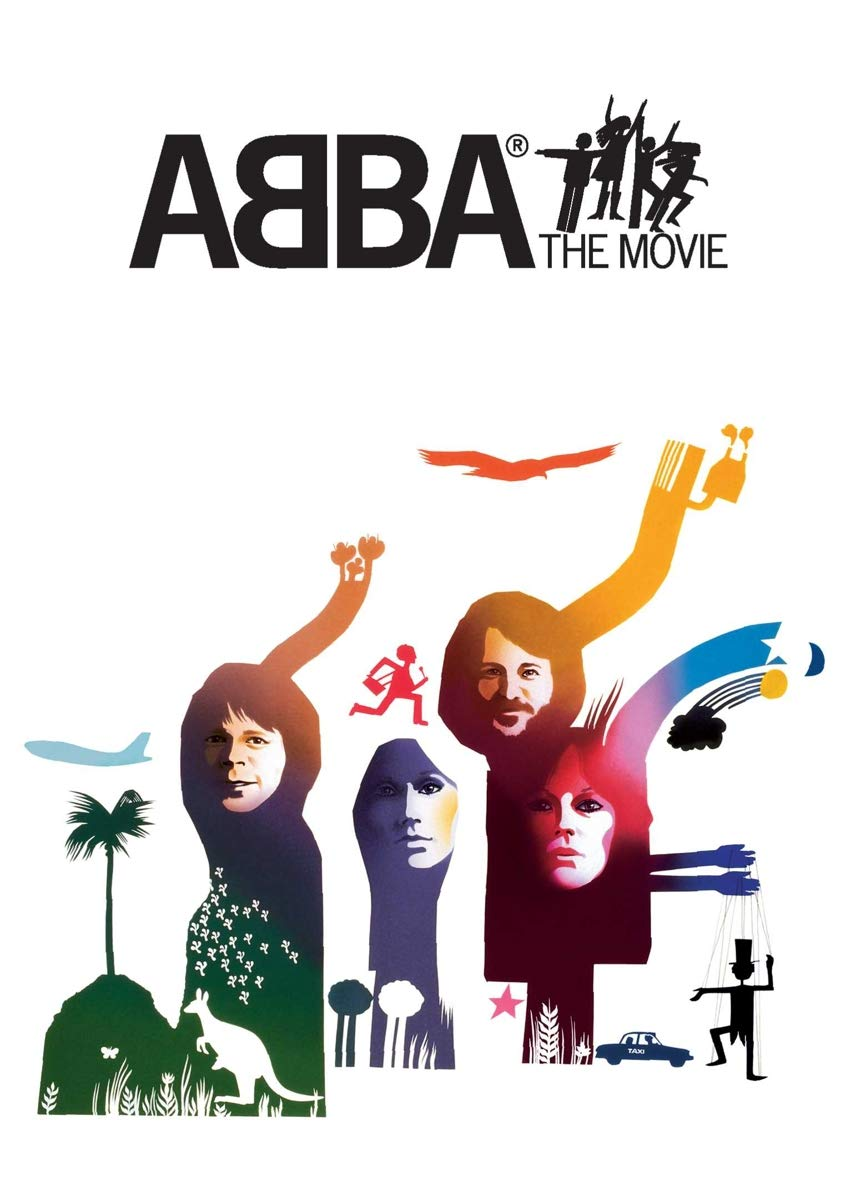
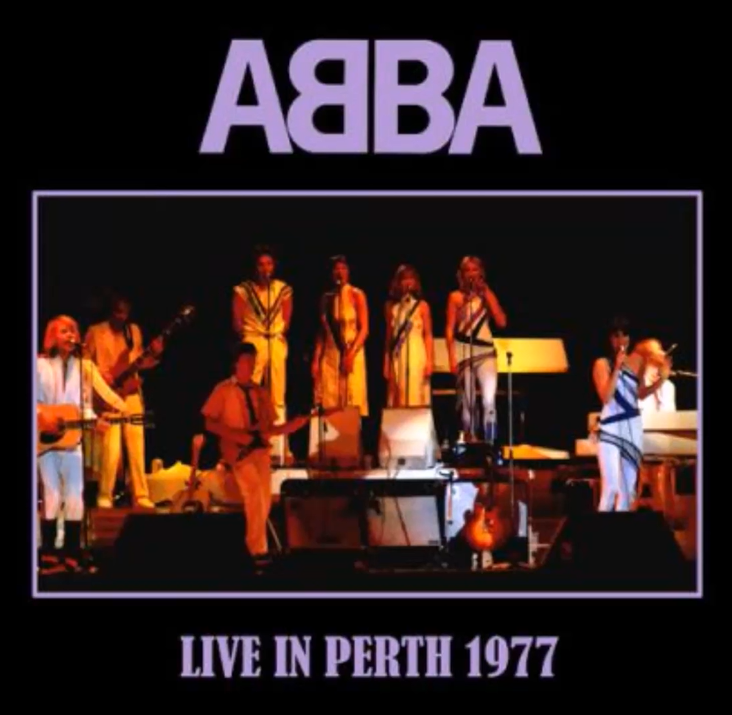

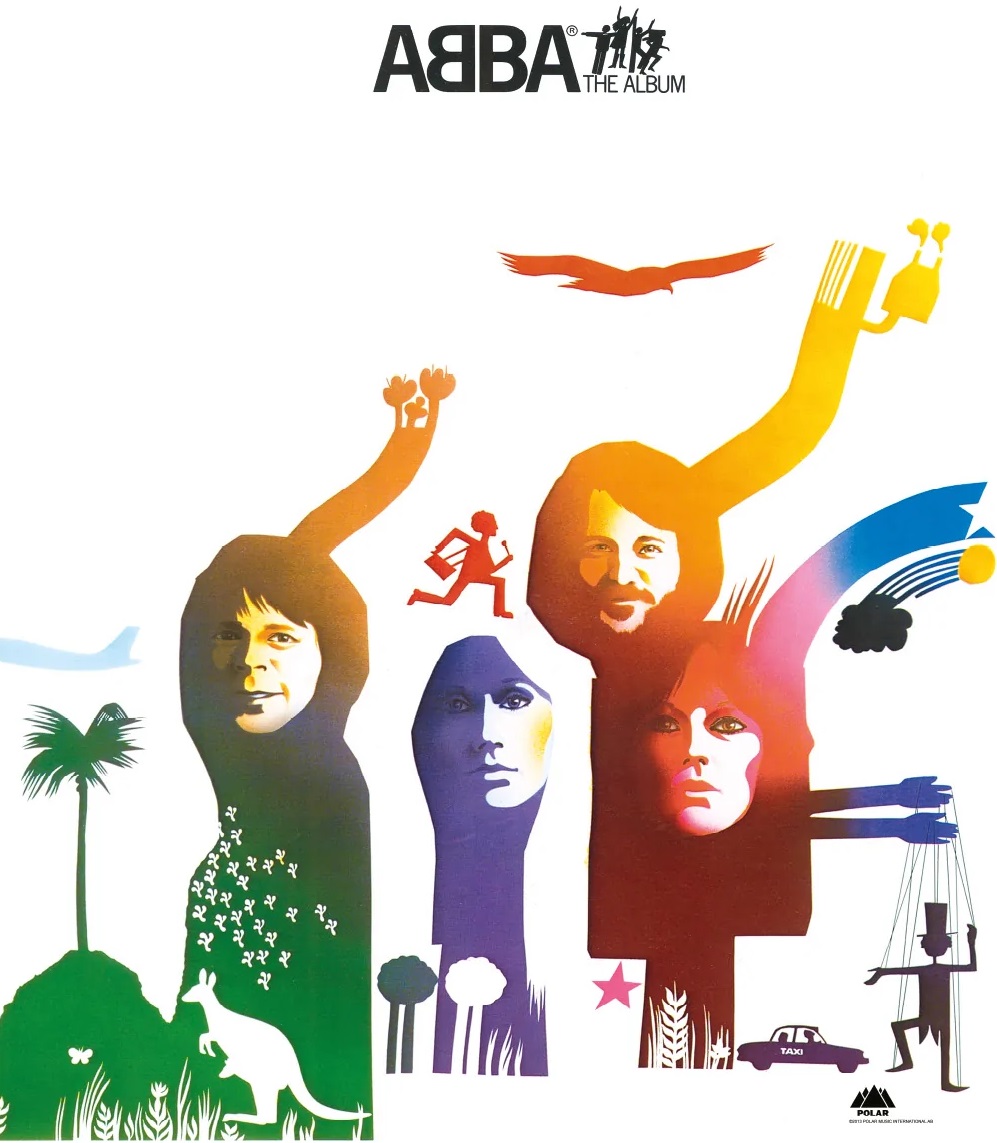











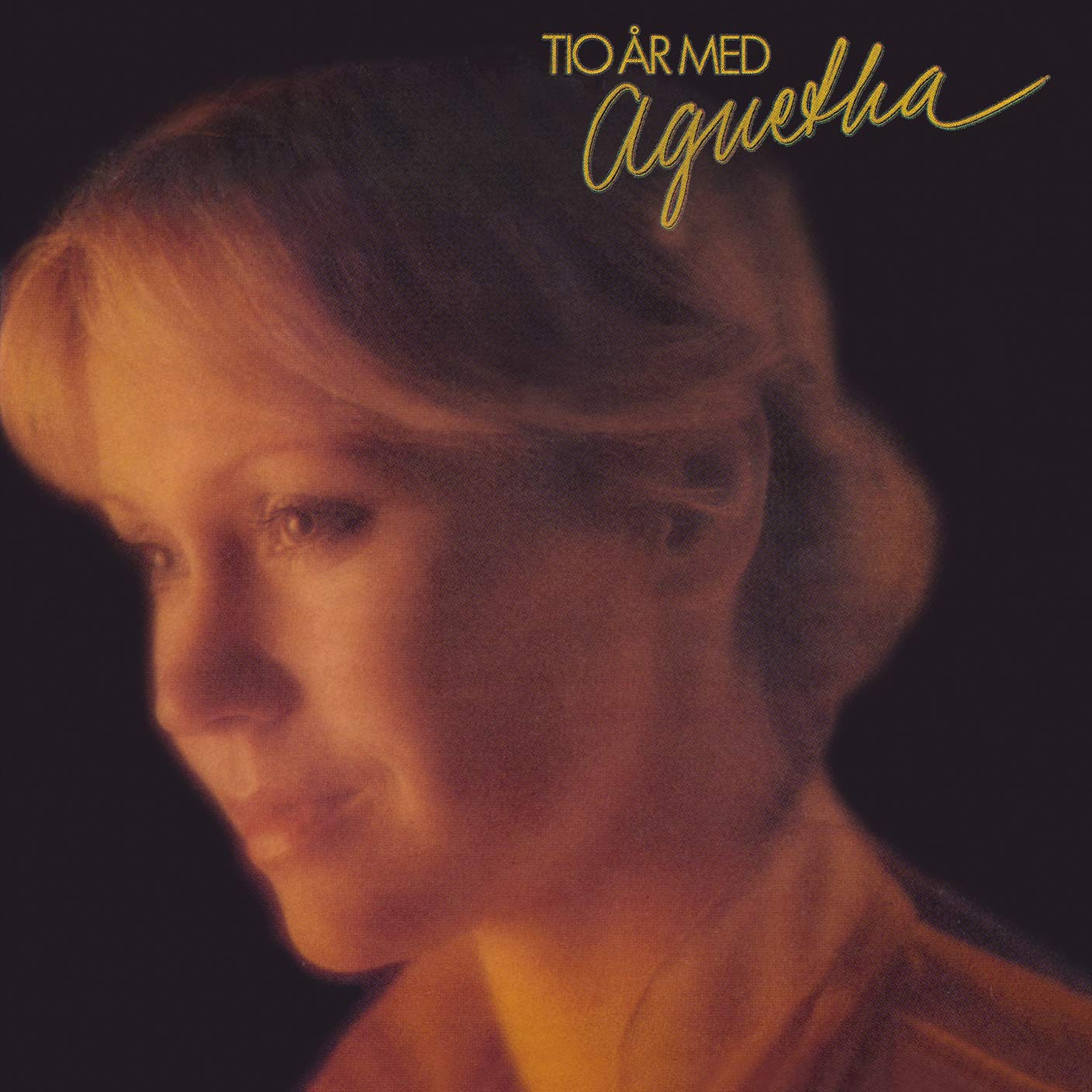










Comentarios
Publicar un comentario